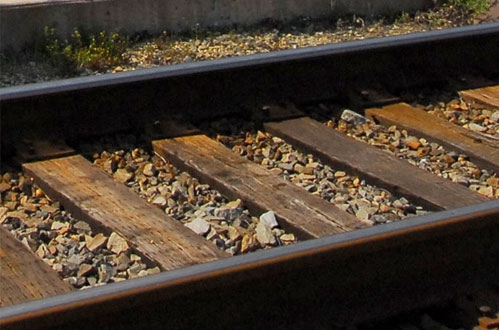OneRail report makes case for rail’s role in safe transportation network
Written by Mischa Wanek-Libman, editor
A new report from the OneRail Coalition highlights the decline in rail accidents during the past decade and calls for more people and goods to travel by rail to continue the positive safety trend.
The report, “Rail Safety in the United States,” highlights a 31-percent decline in rail accidents during the past 10 years, which OneRail says makes rail transport significantly safer than other transit modes. The coalition notes that the positive safety trend occurred even as passenger rail traffic grew and freight rail traffic remained steady over the same time frame.
“Freight and passenger rail have many benefits, including the overall safety of travel by rail when compared to its primary alternatives,” said Anne Canby, director of OneRail. “Increasing market share for rail by getting more goods and people onto trains would save lives and reduce injuries, significantly improving the overall safety of the nation’s transportation system.”
OneRail says the report’s findings show value in considering how people travel and points out that “getting people and goods out of cars and trucks and onto trains would save lives.”
The report shows that for every billion ton-miles of freight the U.S. shifts from highway to rail (an approximate 0.5 percent increase in freight rail volume), more than seven lives could be saved. On the passenger side, if one percent of the nation’s three trillion annual vehicle miles traveled by motor vehicle were shifted to passenger trains, approximately 200 lives would be saved each year.
The report highlights a number of factors that have contributed to this positive safety trend over the years, including improvements to rail infrastructure such as welded rail and treated wood crossties, grade-crossing programs such as Operation Lifesaver and sealed corridors, the introduction of new track inspection and monitoring technologies, the strengthening of tank cars and the introduction of collaborative safety programs such as Confidential Close Call Reporting.
OneRail says that to continue progress, a host of new initiatives are underway focusing on the leading areas of rail-related accidents, including trespassing, grade crossings, human factor-caused accidents and track issues. These efforts, including increasing public awareness of the dangers of trespassing on rail property and failure to heed warnings at rail-highway grade crossings, furthering knowledge of the Emergency Notification System, the creation of the Short Line Safety Institute, the implementation of Positive Train Control, new uses for drones and big data, and the advancement of phased array ultrasonic rail inspection will all make rail even safer going forward.
The report by OneRail complements an American Public Transportation Association study released in September that shows communities with accessible public transportation experience about 20 percent of the per-capita traffic-related deaths and injuries as automobile-focused communities.





